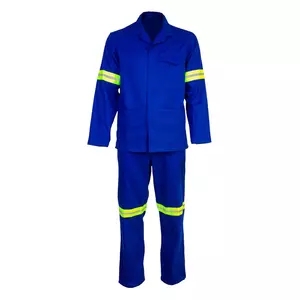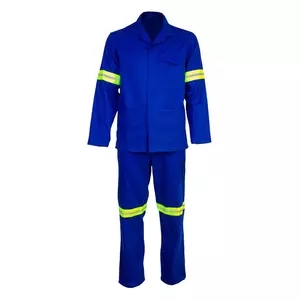Staff uniforms play a significant role in shaping perceptions in various contexts, from businesses to institutions and service industries. Here’s how staff uniforms can shape perceptions:
- Professionalism: Uniforms immediately convey a sense of professionalism. When employees wear uniforms, they are seen as representatives of a well-organized and reliable organization. This shapes the perception that the business takes its work seriously and maintains high standards.
- Competence and Expertise: Uniforms can create the impression that the wearers are experts in their field. Whether it’s a doctor’s coat, a police uniform, or a technician’s outfit, uniforms suggest specialized knowledge and skill, influencing the perception that the employees are competent and capable.
- Trustworthiness: Uniforms can foster a sense of trust. The uniformity and consistency of appearance suggest that employees can be trusted to fulfill their roles responsibly. This perception of trustworthiness can influence customer loyalty and satisfaction.
- Authority and Respect: Certain uniforms, like those worn by law enforcement or military personnel, command respect and signify authority. These uniforms shape perceptions by communicating a clear hierarchy and the ability to enforce rules and maintain order.
- Branding and Identity: Uniforms are an extension of a company’s brand identity. The design, colors, and logo on uniforms contribute to the perception of the brand’s values, style, and overall image. Customers and stakeholders associate the uniform with the brand’s reputation.
- Consistency and Reliability: Uniforms signal consistency and reliability. When employees consistently wear uniforms, it suggests a reliable and dependable workforce. This perception can positively influence customer expectations and experiences.
- Customer Service: Uniforms are often associated with customer service roles. When employees in these roles wear uniforms, it shapes the perception that they are available and ready to assist customers. Uniforms can make customers feel more comfortable approaching staff for help.
- Hygiene and Cleanliness: In industries where hygiene is critical, uniforms communicate cleanliness and safety. Medical professionals, food service workers, and others in similar fields wearing uniforms create the perception of a sanitary environment.
- Inclusivity and Unity: Uniforms foster a sense of inclusivity and unity among employees. When everyone wears the same uniform, it eliminates visible differences and promotes the perception of an egalitarian and united workforce.
- Memorability: Unique and well-designed uniforms are memorable. Customers and observers are more likely to remember the employees and the organization due to the distinct appearance. This can positively impact brand recall and word-of-mouth marketing.
- Setting Expectations: Uniforms set expectations for behavior and professionalism. Employees wearing uniforms are more likely to adhere to the organization’s code of conduct and uphold its values, aligning their behavior with the visual representation.
- Cultural and Historical Context: Uniforms can carry cultural or historical significance. For instance, uniforms worn by flight attendants or hotel staff can evoke a sense of luxury, while academic robes convey tradition and formality.
In summary, staff uniforms play a crucial role in shaping perceptions because they provide immediate visual cues about an organization’s values, professionalism, and identity. The consistency, design, and context of uniforms influence how people perceive both the employees and the organization as a whole.
























